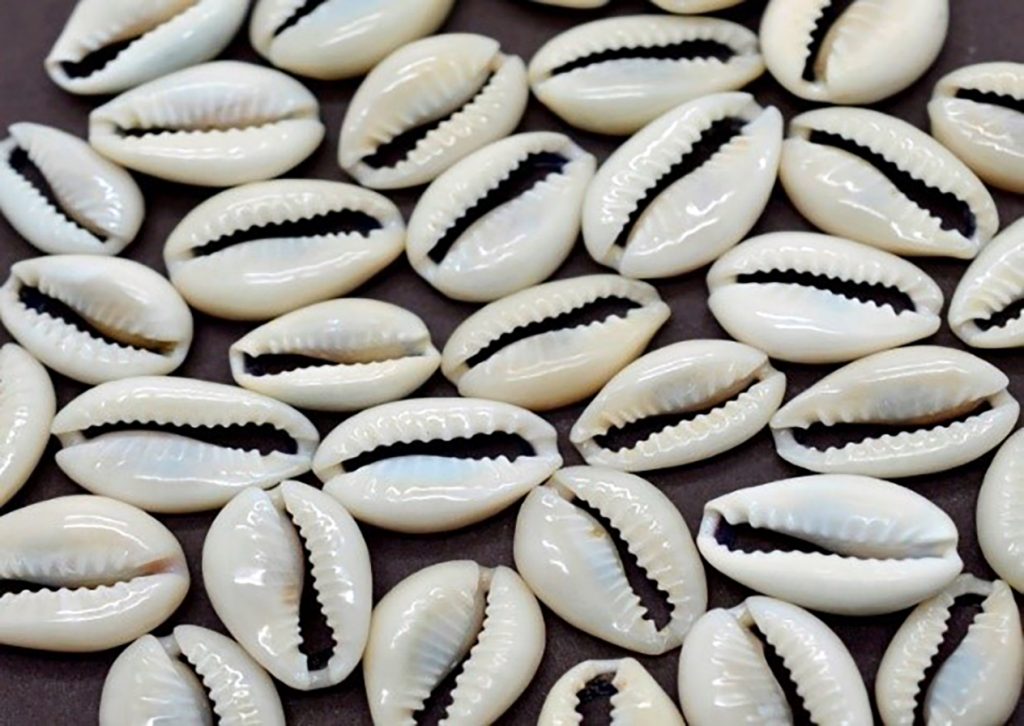Today, you can buy or sell something without any actual ‘money’ exchanging hands. A click here, a scan there and you’re done. Interestingly, this is not the first time humans have gone cashless. When you consider the history of money, it becomes clear that a large part of the journey that brought us to this point was spent without anything resembling cash at all.
In the Stone Age (before 9600 BCE), humans had no system of currency. They relied on the barter system, ie the exchange of assets or offerings to the mutual advantage of all parties. It was introduced on a large-scale by Mesopotamian tribes around 4100-2900 BCE and taken by the Phoenicians (9th century BC) who bartered items with many cities, inclusive of some throughout oceans.
Around 1800-1600 BC, Babylonia (located in present-day Iraq) also developed an accelerated barter system. During this period, items were exchanged for things like food, tea, weapons, and spices. Evidence of this comes from a range of archaeological findings pointing to the existence of a medium of exchange. These items of exchange included livestock, grains and ornamental objects like cowrie shells and beads. Even human skulls were used as a unit of exchange. As was salt, which was deemed so precious that Roman soldiers’ salaries were paid in salt. The root word for salary is ‘salarium’ from the Latin ‘sal’ for salt.
In the Middle Ages, Europeans travelled all around the globe bartering crafts and fur for silk and perfume. Colonial Americans exchanged eggs, deerskin and wheat. The barter system continued long after money was developed. As late as the 1930s during the Great Depression, bartering was popular and used to acquire food and a range of services. It was carried out through groups or between individuals who acted as banks. If any item was sold, the proprietor obtained credit and the buyer’s account would be debited.

While the Mesopotamians were busy bartering, during 2600-1900 BCE in India, the Indus Valley Civilization too was flourishing toowithout the aid of any coinage or currency system. But principal monetary centers, such as Lothal, Harappa and Mohenjo-Daro, furnish archaeological proof of seals, which were fashioned from stone, bone or ivory and used for making impressions on weight standards, valuable beads and stones. This suggests that the humans in the Indus Valley Civilisation too had been bartering goods. Discoveries also suggest their trade with Mesopotamians was primarily based on the exchange of goods.
Architectural remains from this period of warehouses and granaries suggest the presence of some authority which managed this barter-based economy. These granaries possibly worked like our modern banking systems or treasuries. Subsequent Chalcolithic cultures also performed barters.
Referencing the Vedic period (1500-700 BCE), the Rigveda mentions terms such as ‘nishka’ and ‘nishka griva’(gold ornaments) and ‘hiranya pinda’(gold globules). Hiraṇya denoted metal or coin in the context of payments and transactions. The term ‘nishka’was most probably used as a general term for the metallic ingots used as currency and a symbol of wealth. Nishka is also mentioned in the Upanishads. These may have been metal pieces of precise weight, not necessarily full-fledged coins.
In the Vedic era, pastoral communities used cows as units of exchange. Many passages from Brahmanical texts describe value or wealth in terms of cows as does the Aitareya Brahmaṇa,an ancient Indian collection of hymns. Many instances in later Vedic literature describe dakshina, or expenses to the priest, being paid in cows. Even in the post-Vedic period, cows continued to be the preferred medium of exchange according to the Sanskrit treatise Ashtadhyayi by Panini (4th Century BCE). Cows lived a longer life than food grains or agricultural products, they provided food and even their waste could be used as fuel. But the major drawback or disadvantage of cattle-based trade was that didn’t support smaller transactions and the animals were challenging to transport for trade.
The barter system has a number of limitations, like the absence of a common measure of value, indivisibility of certain goods, the hassle of deferred payments and the problem of storing wealth. This spurred the search for a simple substance that could serve as a medium of exchange, a unit of account, a holder of value and a standard of deferred payment. The substance was metal. Metal used as currency could be weighed and its purity determined easily at each transaction. Later, metallic money gained precise shape and weight and marks were made on it to indicate value and the authority responsible for its issue. This innovation soon sped up trade and transformed culture—but that’s a story for another blog.
We’ll end with an interesting factoid about the ‘cashless’ history of money in India. During the 6th and 5th centuries BCE, the basic unit of the Indian weight system used to be the red and black seed of the gunjaberry, also known as the krishnala, rattika or ratti. These shiny seeds were constant in weight and almost identical in appearance making them ideal to weigh metals against. In some depictions, Lord Krishna is seen wearing a necklace of these gem-like seeds—adding to their aura of prosperity and auspiciousness.
